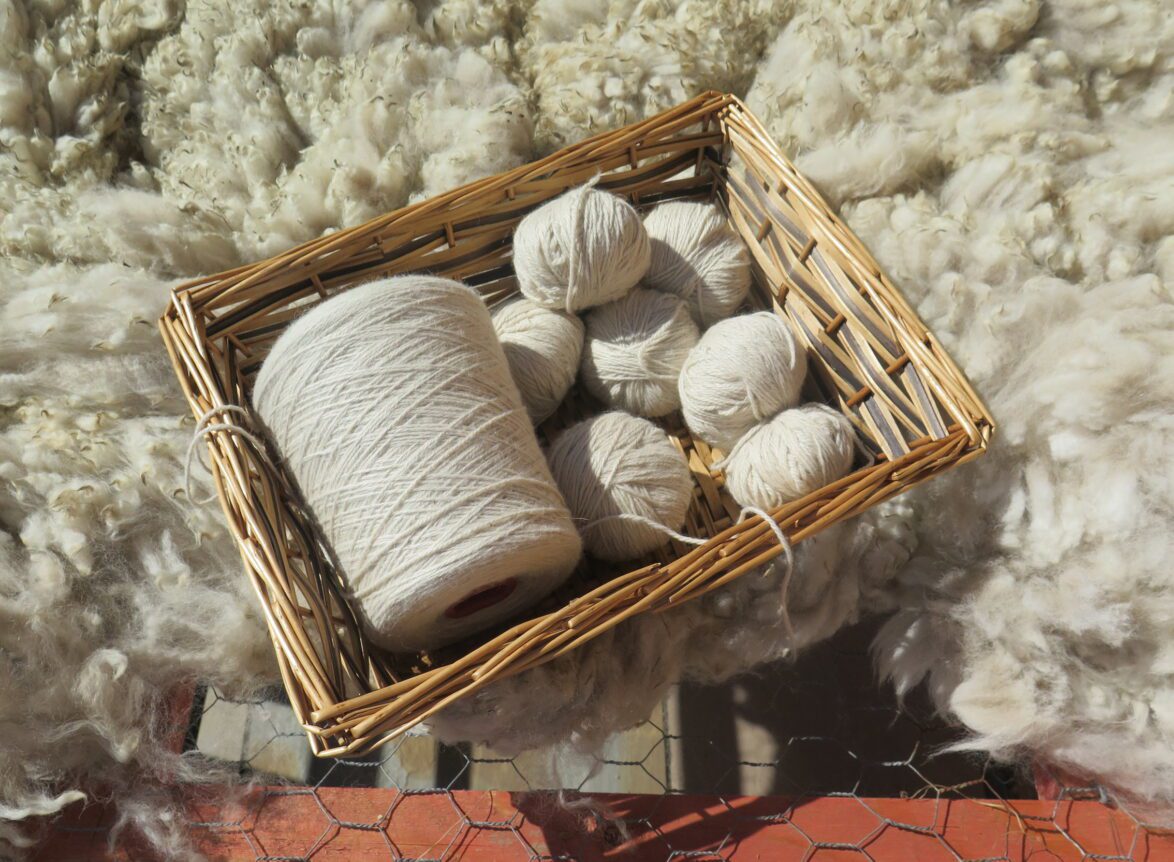Kashmiri rugs, also known as Kashmir carpets or Kashmiri carpets, are renowned for their exquisite craftsmanship, intricate designs, and vibrant colors. These rugs have a rich history and are a significant part of Kashmir’s cultural heritage. The process of making a Kashmiri rug is a laborious and intricate art, typically involving several stages, from raw material preparation to the final finishing touches.
1. Material Selection and Preparation:
The first step in creating a Kashmiri rug involves carefully selecting high-quality materials. The primary materials used are wool, silk, or a combination of both. The wool is usually sourced from local sheep, ensuring its softness and durability. The silk, prized for its luxurious texture, is often used for intricate designs. The chosen fibers are then washed, cleaned, and dyed to achieve the desired colors.
2. Design and Pattern Formation:
The design of a Kashmiri rug is a crucial aspect and often follows traditional patterns that have been passed down through generations. Skilled artisans, known as designers or naqash, carefully draw the design on graph paper. The design is then transferred onto a stencil, which is used to guide the weavers during the weaving process.
3. Knotting the Rug:
The rug-making process involves tying knots on the vertical (warp) threads of the loom to create the design. The two most common knotting techniques are the Persian knot (Senneh or asymmetrical knot) and the Turkish knot (Ghiordes or symmetrical knot). Skilled weavers use these knots to form the intricate patterns and designs specified by the stencil.
4. Weaving and Dyeing:
The weavers use a loom to create the rug, which consists of the warp (vertical threads) and weft (horizontal threads). Each row of knots is compacted tightly to form the pile of the rug. Once a section is knotted, it is pushed down to the base of the loom using a comb-like tool, ensuring a dense and even pile. The dyed wool or silk is then used to knot the design according to the predetermined pattern.
5. Trimming and Shearing:
After knotting, the rug undergoes a trimming and shearing process. Skilled artisans carefully trim excess yarn, making the pile of the rug even and uniform. This step involves great precision to achieve the desired pile height and texture.
6. Washing and Finishing:
Following the trimming process, the rug is thoroughly washed to remove any remaining dye, impurities, or dirt. This washing process enhances the vibrancy of the colors and softens the texture of the rug. After drying, the rug is stretched and blocked to ensure a perfect rectangular shape and even dimensions.
7. Final Touches and Inspection:
The final stage involves the inspection of the rug to ensure it meets the desired quality standards. Any necessary repairs or adjustments are made, and the rug is carefully finished by securing the edges and adding any final embellishments.
Kashmiri rugs are a testament to the skill and dedication of the artisans who craft them. The meticulous attention to detail and the artistic precision involved in their creation result in breathtaking masterpieces that are highly sought after around the world. Each Kashmiri rug is not just a floor covering; it’s a piece of art that tells a story of tradition, culture, and craftsmanship passed down through generations.





